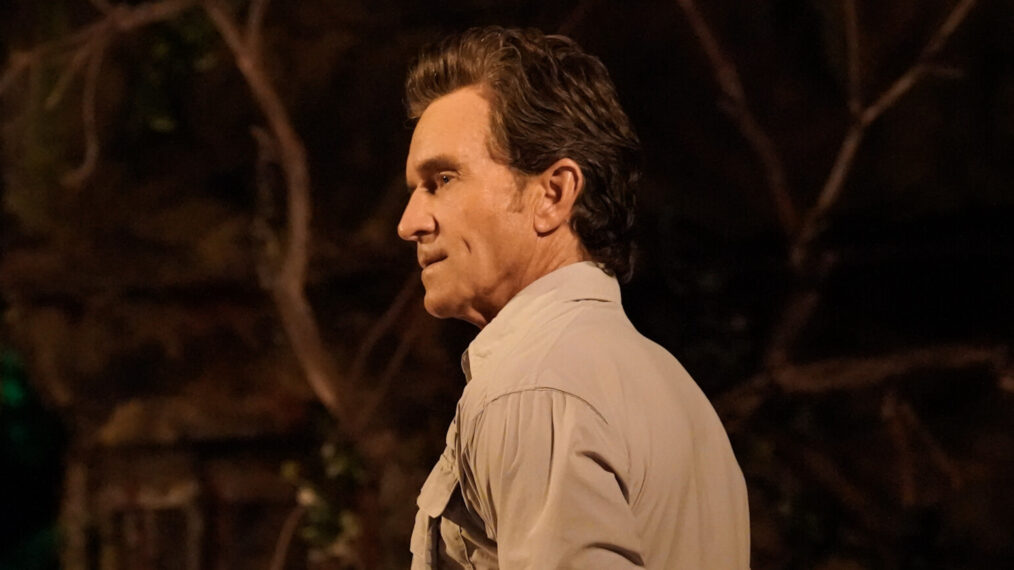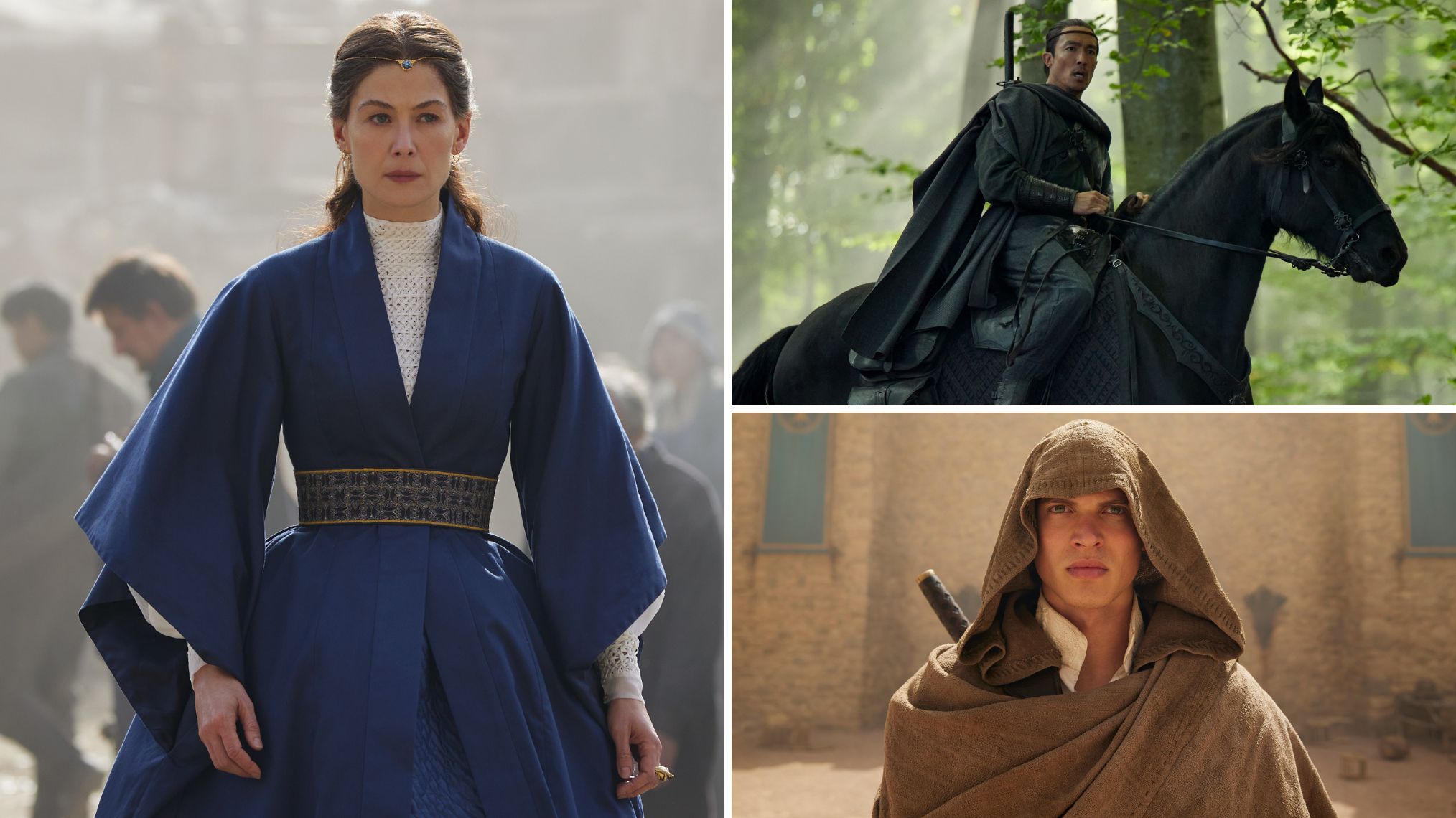On July 9, 1982, Disney unveiled the sci-fi actioner Tron in theaters, where it would gross $33 million and, decades later, get a sequel in Tron: Legacy. The Hollywood Reporter’s original review is below:
It would be all too easy to describe the Disney Studios’ Tron as yet another special effects movie in a year that has seen special effects achieve unprecedented heights of sophistication and technical virtuosity. It is that, of course, and it probably relies more heavily on computer-generated animations than any other movie yet produced. Both the eye and the mind are continually boggled by a bombardment of images that quite literally defy description. Who could hope to describe the electronically produced transformations that take place at faster-than-lightning speeds in the complex circuitry of a computer? They must be seen to be believed and even then you’re not quite sure.
But young Steven Lisberger, who both wrote and directed Tron, never lets the gadgetry make you for get that, primarily, he’s telling a story, and that it’s essentially a people movie. Of course, his people, living a couple of generations from now, are more conversant with computers than we are. In fact, for most of them, their very lives are controlled by a Master Computer and the man who controls the Master Computer controls the world. And the man who hopes to achieve that enviable position is David Warner.
Somewhere in the heart of the Master Computer, however, is the uncomfortable information that Warner actually stole some of the key technology from Jeff Bridges, a “user” (someone who knows how to command a computer to function). To ensure his position of power, Warner plots to eliminate the “users” by miniaturizing them into passengers (or drivers) of those cars, planes and rocket ships that disintegrate in a flash of light in today’s popular video arcades. Why, the victims are so tiny that it’s almost a victimless crime! Others are disposed of in a deadly game that seems to be a cross between handball and jai alai, with just a touch of ancient gladiatorial shields thrown in to ward off the deadly fireballs used in the contest.
I deem it an act of creative imagination, if not pure genius, that Lisberger could look at our arcade machines and envision a time in the future when man would be entrapped in his own amusements. It’s a bit like Through the Looking Glass combined with 20,000 Leagues Under the Sea — a skilled commingling of wonder and adventure. Nor does Lisberger mar his film made, as they say, for children of all ages with nightmarish images. There are chases by cars and flying objects (planes would be inaccurate; they look more like flying Arches of Triumph) that set the pulses racing; but even the electronic tortures that Warner devises seem relatively benign. Certainly, the survival rate of his victims is surprisingly high.
All of the main characters have dual identities, that of the real world and of the computer world. Bruce Boxleitner is Tron (or Alan Bradley), a computer expert who finds his work inexplicably blocked by Warner, his boss (Ed Dillinger or Sark). Jeff Bridges is in fine shape as the happy-go-lucky Flynn (or Clu), who is content to run an arcade until persuaded by Boxleitner to help block Warner’s villainous schemes. And Cindy Morgan isn’t in bad shape either as his spunky lab assistant (Lora/Yuri) who once had an affair with Bridges. Barnard Hughes is particularly impressive as an elderly scientist who, miniaturized, looks like Humpty Dumpty defending the Master Computer. All the live performers, incidentally, were shot in black and white, the colors of their costumes being added later (by computer, naturally), giving their faces a strangely appealing, almost masklike quality.
And Lisberger’s script is studded with amusing, tongue-in-cheek anachronisms. “They’ve never built a circuit that could hold him,” a “program” remarks admiringly of Tron (Boxleitner) attempting an escape. He’s not yet as easy with his comic touches as Lucas or Spielberg, but it’s always nice to find a young film maker who doesn’t take himself, or his screenplay, too seriously.
Even so, one keeps coming back to those eye-filling (and ear-filling) special effects emphasized by the staggering credit roll at the end, which includes credits to its Taiwan animators written in Chinese script. It’s a far cry from the old days, when everything from Disney was strictly Disney-based. Although Tron was produced by Donald Kushner, of the Disney organization, much of the work was farmed out to firms like Magi Synthavision, Information International, Robert Abel and Associates, and WallaWorks (sound). Even the music, by Wendy Carlos, was composed in New York (via synthesizer) and quite literally phoned in.
And yet I regard Tron as one more important feather in Disney’s chapeau (and also executive producer Ron Miller’s), right up there with Snow White and Fantasia. Both of those films brought animation into a new era, establishing new standards of excellence and new boundaries for experiment. I think it’s marvelous that a studio as staid as Disney would give this much leeway to a new director, and would have the generosity to recognize that new ideas demand new techniques, techniques that could not necessarily be best handled by the “in house” staff. But the public will still view Tron as a Disney movie, and realize that Disney is once more out there in the forefront of creative animation. — Arthur Knight, originally published on July 8, 1982.























































